Plants That We Forage In New England
Disclaimer: I am not a doctor, a medical professional, a dietician, or a nutritionist. All content found on the KeepingItRiel.com website, Keeping It Riel YouTube Channel and related social media, including: text, images, videos, or other formats were created solely for informational purposes only. The content is not intended to be a substitute for professional medical advice, diagnosis, or treatment. Always seek the advice of your physician or other qualified health provider with any questions you may have regarding a medical condition or proper nutritional advice. Never disregard professional medical advice or delay in seeking it because of something you have seen in one of our videos or read on our website or social media.
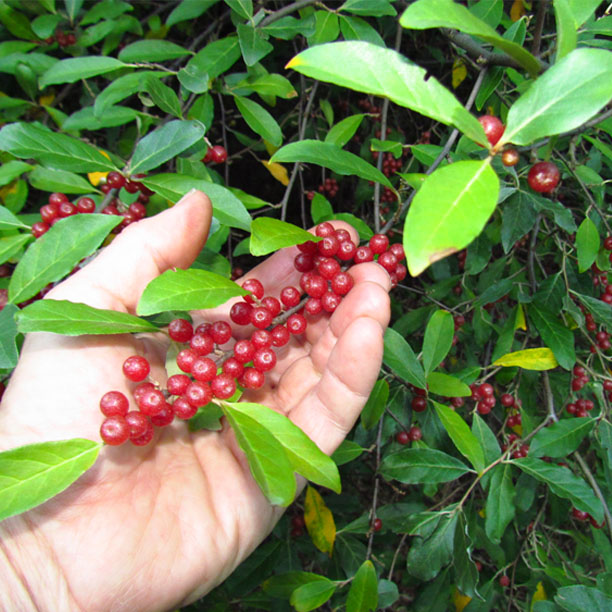
Foraging Autumn Olive
Autumn Olive How To Identify Autumn olive is a small, deciduous tree that can grow up to 20 feet in height. It has alternate oval leaves, 1-3 inches long and about an inch wide with silvery undersides with the margins that are often crisped or wavy. The branches often have thorns. They have bell shaped […]
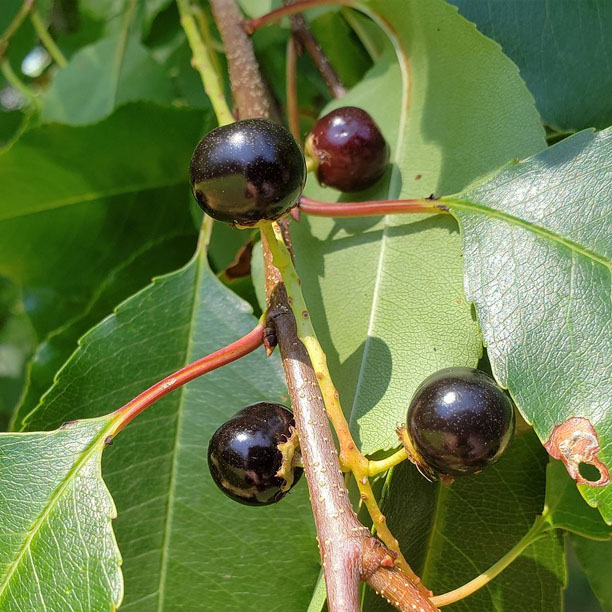
Foraging Black Cherry
Wild Black Cherry How To Identify Wild Black Cherry trees is a deciduous tree that can be identified by their leaves and by their bark. The leaves are oval with finely serrated edges. The bark of the wild cherry tree is reddish-brown and smooth. The bark has “lenticels” or small pores in the bark, which […]
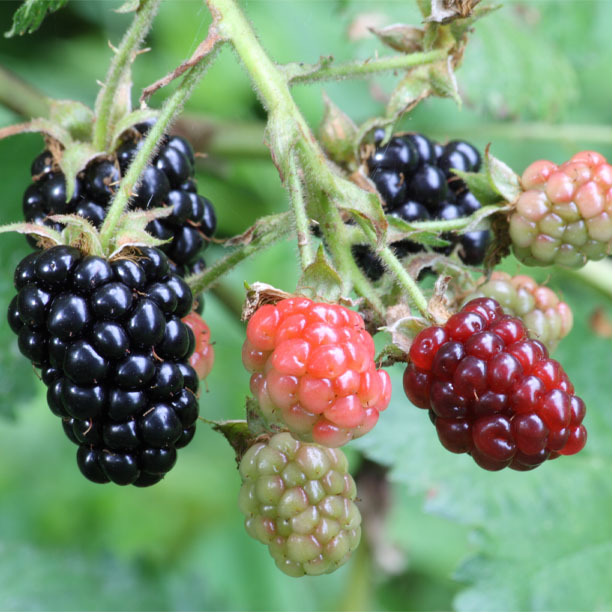
Foraging Blackberry
Blackberry (wild) How To Identify Blackberry leaves are serrated compound leaves with 3-5 lance-like and sometimes oval leaflets that are green on top and silvery whitish underneath. Blackberries have angular stems that are pentagonal or hexagonal in shape as opposed to raspberries which grow on round stems. The stems are covered in large, hooked thorns. […]
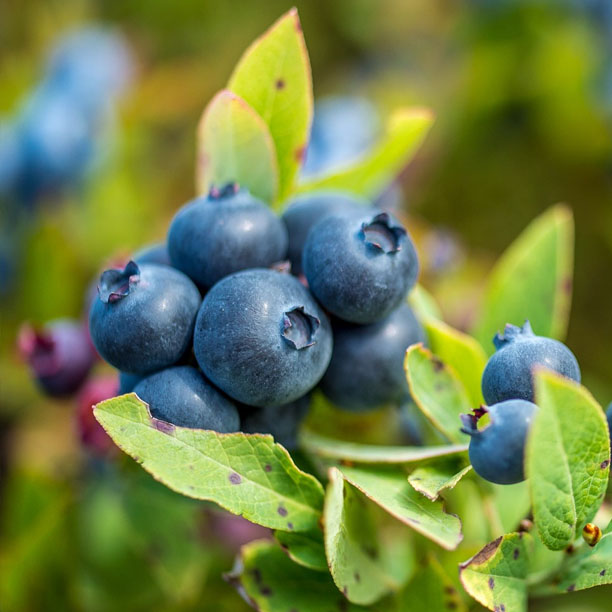
Foraging Blueberry (Northern)
Northern Blueberry How To Identify Lowbush blueberry shrubs are generally between 6 to 12 inches tall whereas highbush blueberry can grow to be as tall as 12 feet. Blueberry bushes have canes that grow right from the soil that are smooth and don’t have any thorns. The leaves grow on woody branches and are typically […]
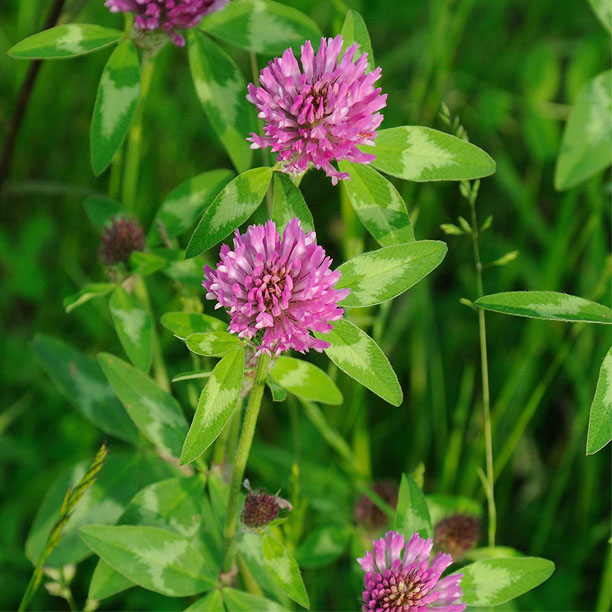
Foraging Clover (Red)
Red Clover How To Identify Red clover has three leaflets with a faint whitish chevron shape on each and the leaflets and stalks are slightly hairy. When in bloom, the flowers look like pinkish/purple pom-poms made of many individual florets. Each flower head can be between 1/2 – 1 inch in size and the stems […]
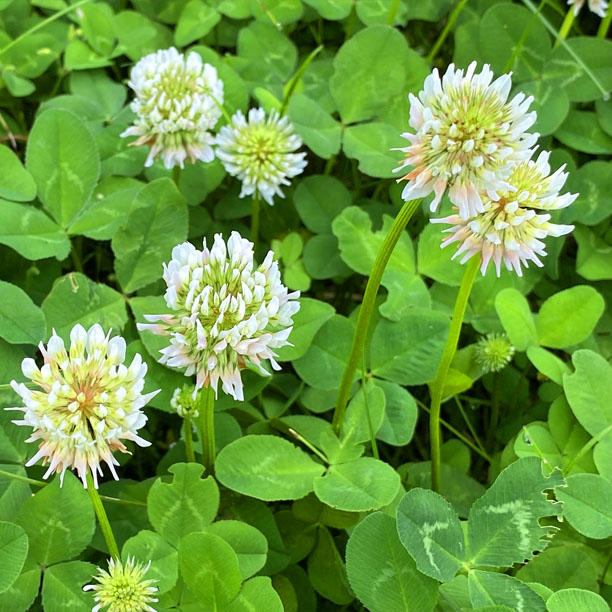
Foraging Clover (White)
White Clover How To Identify White clover has three leaflets with a faint whitish chevron shape on each. When in bloom, the flowers look like white pom-poms made of many individual florets. Each flower head is about 1/2 inch wide and the stems can grow up to about 6 inches tall. Benefits Because clover is […]
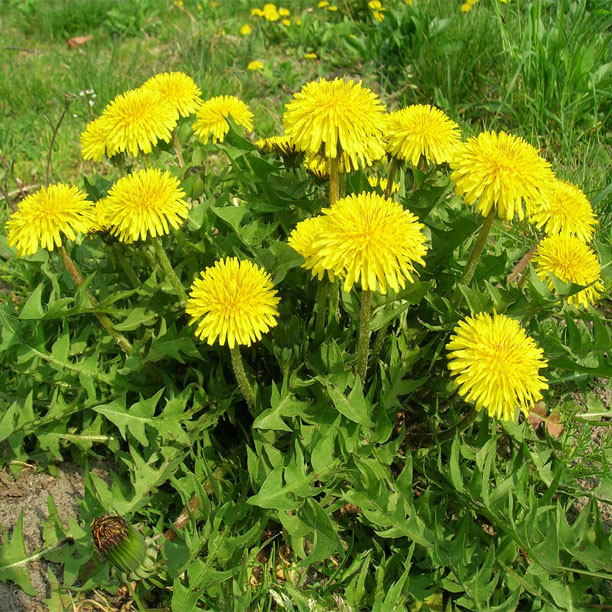
Foraging Dandelions
Dandelion How To Identify Dandelions are probably the most easily identifiable herb (weed) there is. Everyone recognizes their yellow blooms and leaves and, as a bonus, the common dandelion has no poisonous lookalikes. The hairless leaves grow in a rosette around a central taproot and can vary from lightly lobed when young, to heavily toothed […]
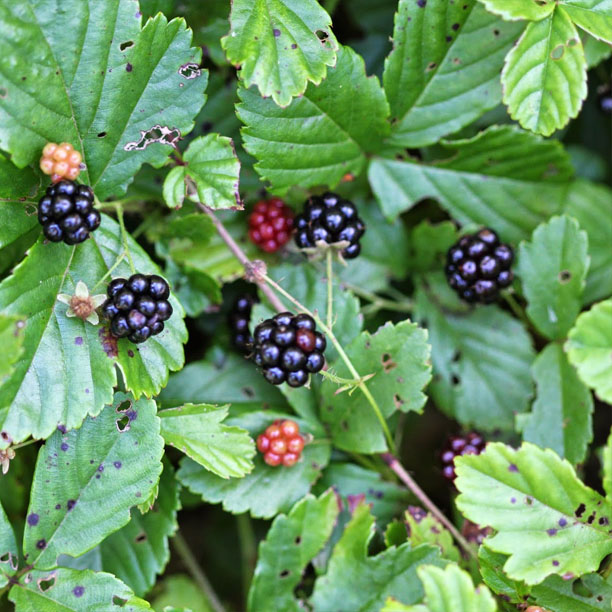
Foraging Dewberry
Dewberry How To Identify Dewberry leaves are serrated compound leaves with 3 oval leaflets that are green on top and light green underneath. The vine is thin and string-like with very small but sharp thorns that grow about a finger apart. These vines trail along the ground and do not grow upward like the canes […]
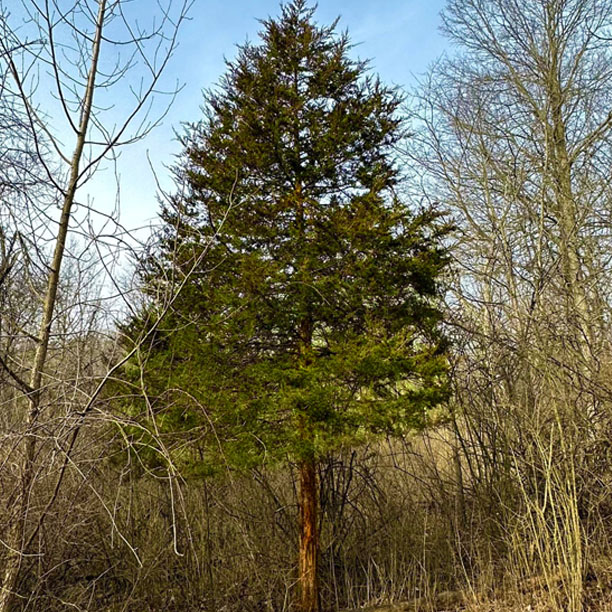
Foraging Eastern Red Cedar
Eastern Red Cedar How To Identify The Eastern Red Cedar is an evergreen with scaly leaves and reddish-brown bark that grows in strips and blue berry-like cones. This tree is actually a part of the juniper family. The leaves are identified as soft, scale-like blueish-green or dark green sprays. They grow tightly together on their […]
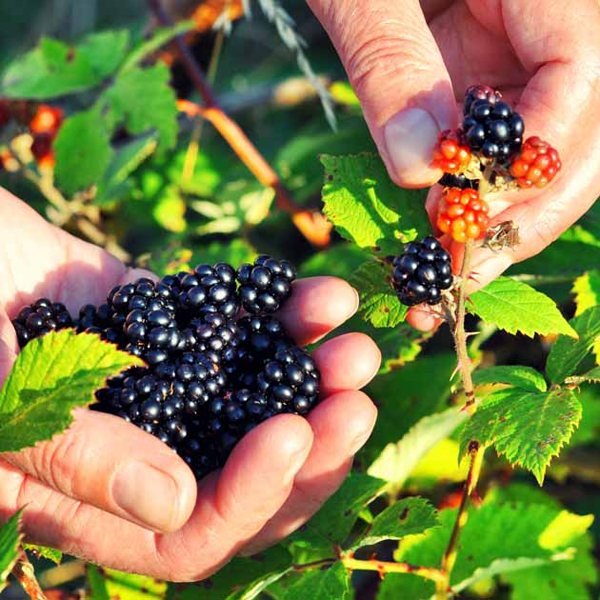
Foraging for Survival: From Wild to Plate
Foraging for Survival: From Wild to Plate Foraging, the practice of gathering food from nature, is a skill that was once essential for human survival. While modern society has largely replaced this practice with grocery stores, the ability to forage can be invaluable in a survival situation. This article will explore the basics of foraging […]
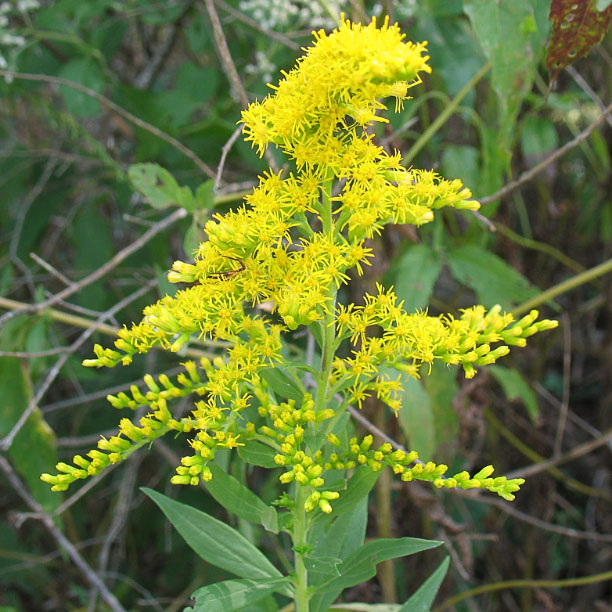
Foraging Goldenrod
Goldenrod How To Identify The stems grow quite tall ranging from 3 – 6 feet and have a slight fuzz to them. The leaves grow alternating up the stem and are lance shaped with fine teeth around the edges. The tops of the leaves are slightly darker than the underside and there are three prominent […]
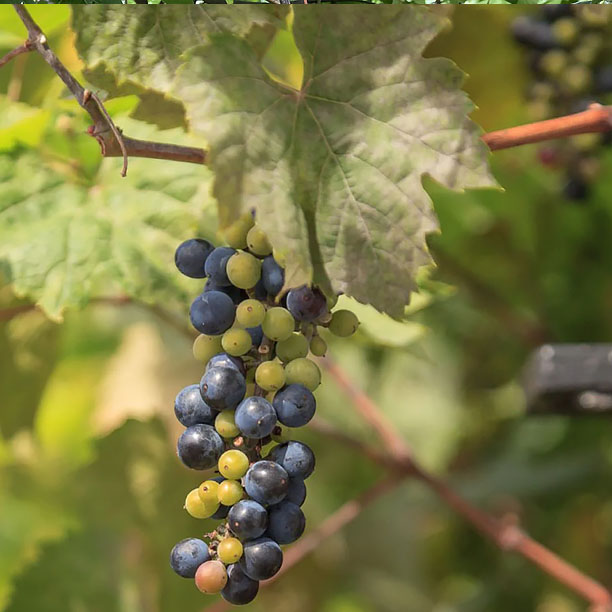
Foraging Grapes
Wild Grapes How To Identify The most common wild grape in the northeast is the riverbank or frost grape. It has both male and female plants and can grow up to 75 feet long. These vines can be seen growing into brush and trees using its tendrils and can reach the top of the tree […]
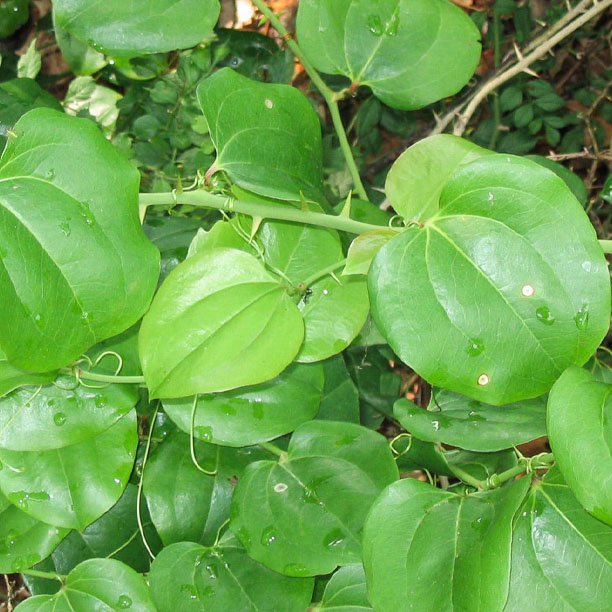
Foraging Greenbrier
Greenbrier How To Identify Greenbriar is an evergreen, thorny vine that can send shoots up, standing on their own without support, for as high as 3 feet. It is more often found climbing other vines, trees or plants using its tendrils and can reach lengths of about 20 feet. The leaves can be oval to […]
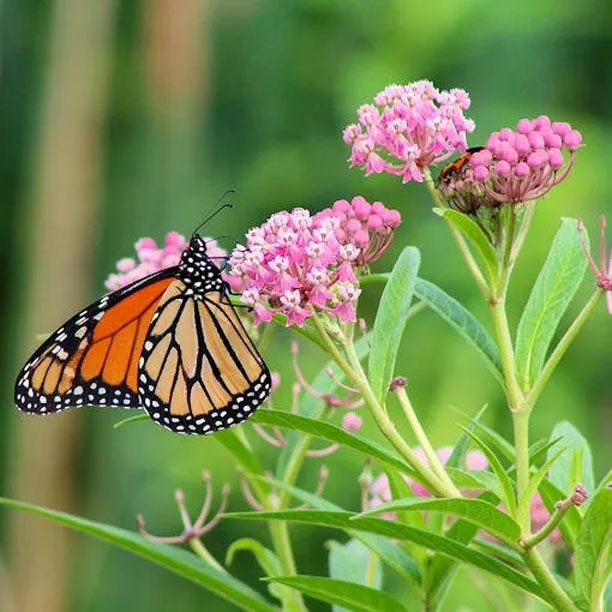
Foraging Milkweed
Common Milkweed How To Identify Common Milkweed is a native perennial of the eastern United States and southern Canada, though it is found most commonly in the northeast and the Midwest. Growing 2-4 feet tall, common milkweed leaves are broad and thick, arranged in opposite pairs on the stem and with fuzzy undersides. The leaves […]
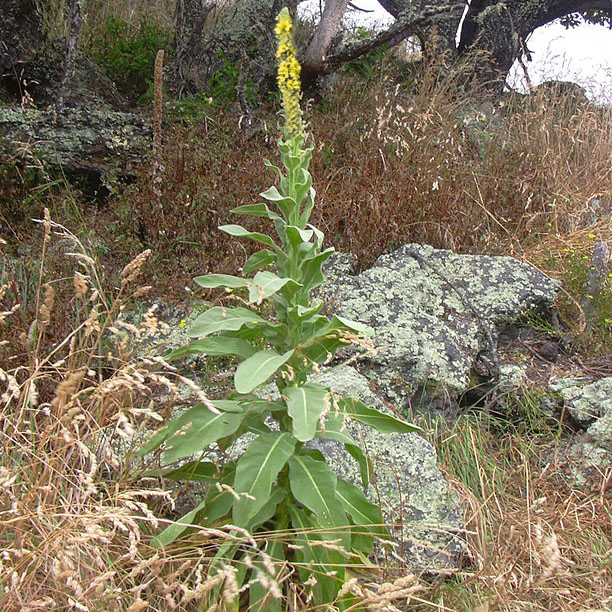
Foraging Mullein
Mullein How To Identify Mullein is fairly easy to identify because of its unique characteristics. The large oval leaves grow in a basil rosette around a central point and have no teeth around the edges but have very pronounced veining on the underside of the leaf. They are extremely soft and velvety and the entire […]
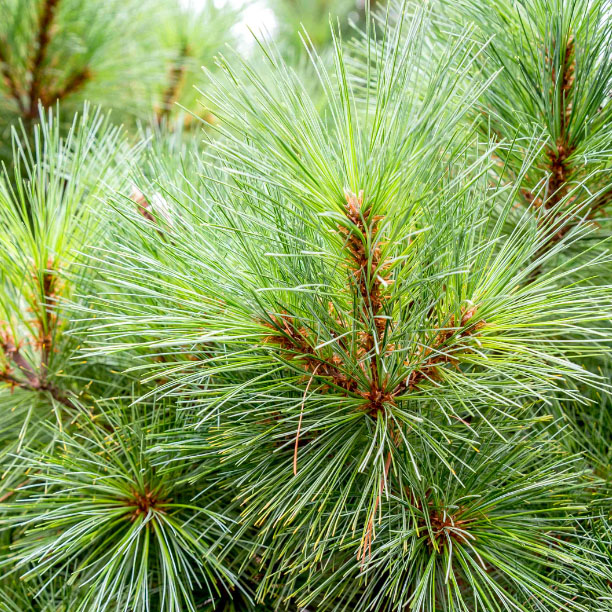
Foraging Pine (Eastern White)
Eastern White Pine How To Identify Eastern White Pine has needles that are approximately 3 – 4 inches long and have five needles per grouping. Spruce and Fir trees have individual needles and other pines such as Red Pine and Austrian Pine have groupings of two needles. Older White Pine can grow up to 100 […]
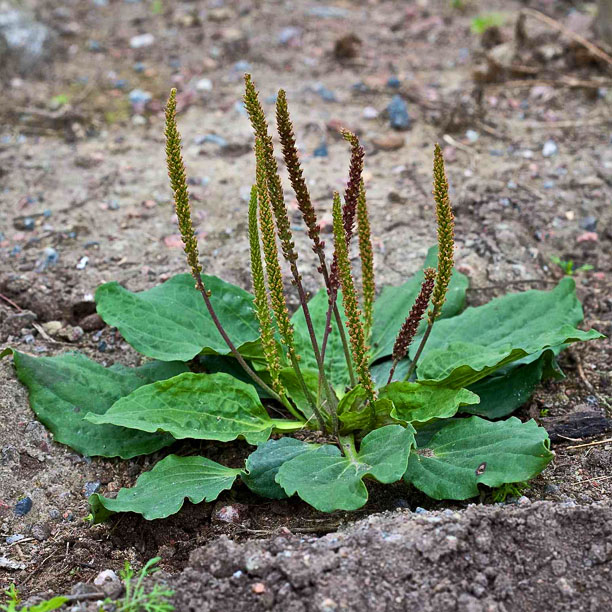
Foraging Plantain
Plantain How To Identify There are two types of plantain in the US that you are probably going to find. Broadleaf or common plantain and narrowleaf or English / buckhorn plantain. The broadleaf plantain has broad, egg-shaped leaves, whereas narrowleaf plantain has narrow, lance-shaped leaves. Both have prominent veins that all start at the stem […]
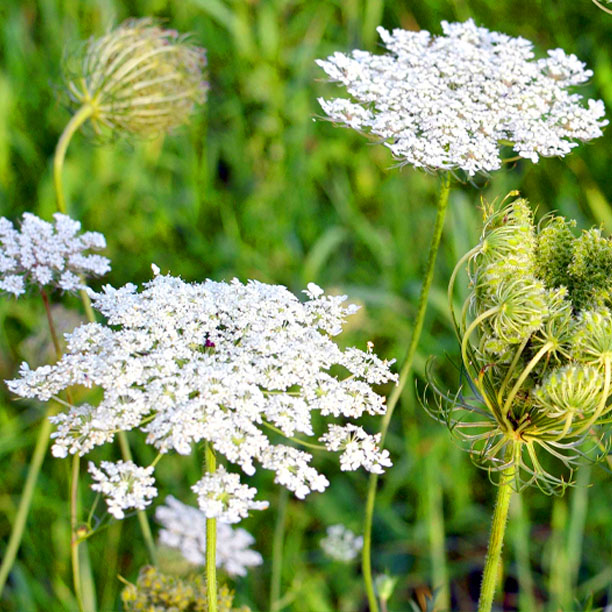
Foraging Queen Anne’s Lace
Queen Anne’s Lace How To Identify WARNING! Queen Anne’s Lace or wild carrot looks very similar to Poison Hemlock. Please be absolutely certain in your identification before consuming any wild edible. Queen Anne’s Lace leaves looks the same as domesticated or store-bought carrot leaves. They are finely divided, feathery leaves that smell like carrots when […]
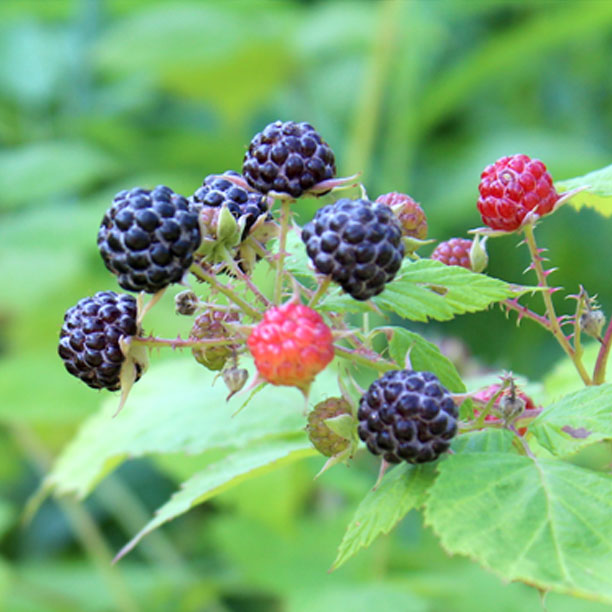
Foraging Raspberry
Raspberry (wild) How To Identify Raspberry leaves are serrated compound leaves with 3-5 lance-like and sometimes oval leaflets that are green on top and silvery whitish underneath. The difference between black and red raspberries, aside from the obvious color and taste, is that black raspberries have substantial thorns that are spaced about a fingers width […]
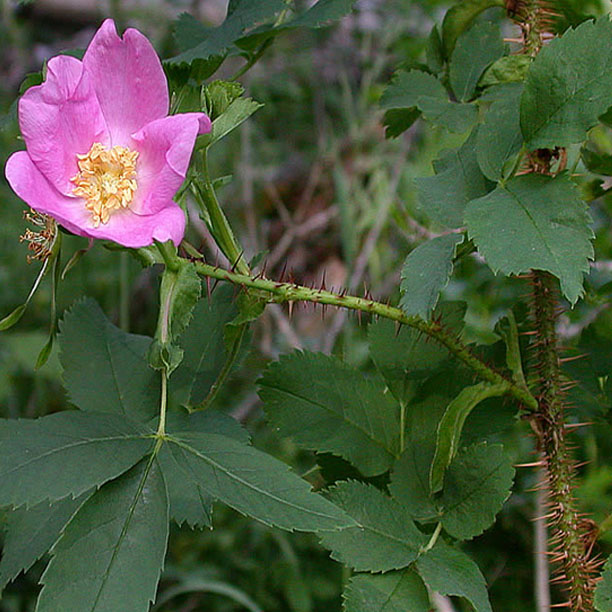
Foraging Roses
Wild Rose How To Identify Wild rose plants are a beautiful addition to any field or woodland area but are considered a nuisance by some due to their thorns and thick growth. The wild rose, both in leaf and flower, is normally going to have a much smaller form. Leaves on the wild rose will […]
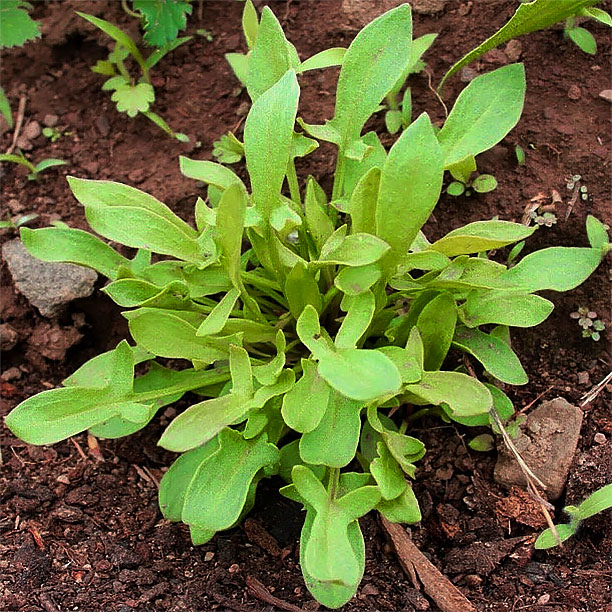
Foraging Sheep Sorrel
Sheep Sorrel How To Identify Sheep sorrel is a perennial plant in the buckwheat family and is also known by field sorrel, red sorrel and sour weed. The stems are upright, branched at top, slender and reddish in color. The arrow-shaped leaves are simple, 1-3 inches long, and smooth with a pair of horizontal lobes […]
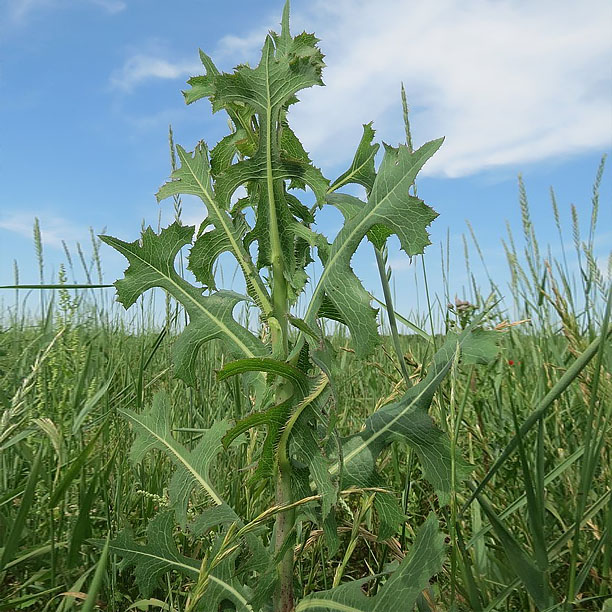
Foraging Wild Lettuce
Wild Lettuce How To Identify Wild lettuce looks similar to dandelion when it is young. It starts out as a basal rosette of 5” to 10” long leaves that are light green in color. Its flower stalk, unlike a dandelion, has its own leaves. The leaves have coarse hairs along the underside leaf mid-ribs. If […]
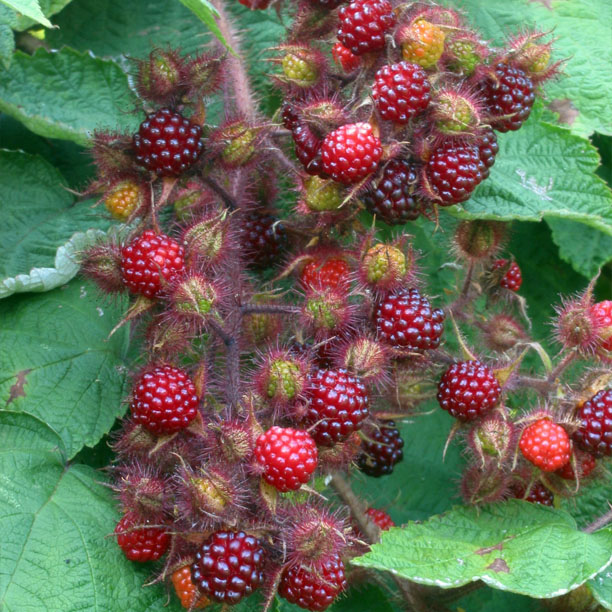
Foraging Wineberry
Wineberry How To Identify Wineberry leaves are serrated compound leaves with 3 oval leaflets that are green on top and silvery whitish underneath. Like raspberries, wineberries are male in their first year of growth and don’t produce fruit. In their second year the stems turn from green to a reddish purple and the plant becomes […]
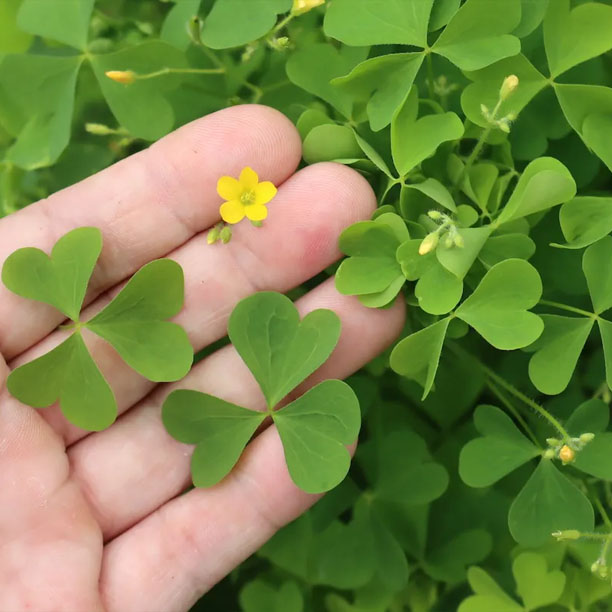
Foraging Wood Sorrel
Wood Sorrel How To Identify Wood sorrel is a perennial plant and is also known as sour grass. Wood sorrel looks similar to clover in shape and is normally a green color but sometimes can be purple or burgundy colored. Though it has the same sorrel name, it is not botanically related to Sheep sorrel. […]